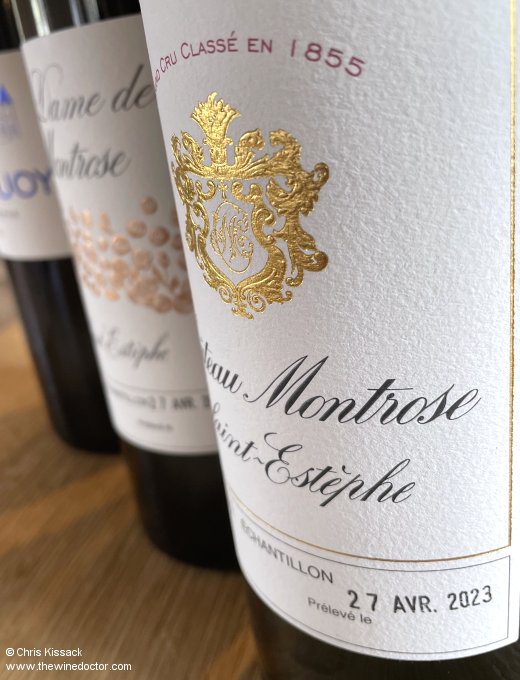Château Montrose: Tasting & Drinking
Looking back to my opening comments on the first page of this profile, which describe my friend’s preference for aged, off-vintage Montrose, the thought that this estate might regularly overperform in weaker vintages is perhaps a rather simple assessment. It is perhaps more widely accepted that Château Montrose is a property that offers great consistency through many vintages, weak and strong, and also has a propensity to age very well, with bottles from the first few decades of the 20th century reported to be holding up very well. A slightly more recent vintage than my friend’s, the 1964, shows how Château Montrose may benefit from the aforementioned favourable climate, as earlier picking meant Montrose was one of the few estates that excelled in this very wet vintage, most others bringing in swollen and dilute grapes following extensive rain. The 1997 vintage was another difficult year in which Montrose certainly faired much better than many of its peers.
Other vintages display the success of the 1980s, with even 1983, often reported to be a weaker vintage for Château Montrose, encountered in a blind horizontal tasting, showing very well indeed. Vintages from the early years after the arrival of the Bouygues brothers, largely tasted during the primeurs, were perhaps not been so enthralling especially when compared to those from neighbouring Château Cos d’Estournel, although how much this reflected the reserved nature of Jean-Bernard Delmas in assembling the barrel samples for journalists, compared to the showmanship found at some other estates, was perhaps open to question. Anyway, it is a moot point, because the team has since change (more than once), and in more recent years the wines have often been stunning, both when tasted from barrel, and from bottle, and in maturity.

